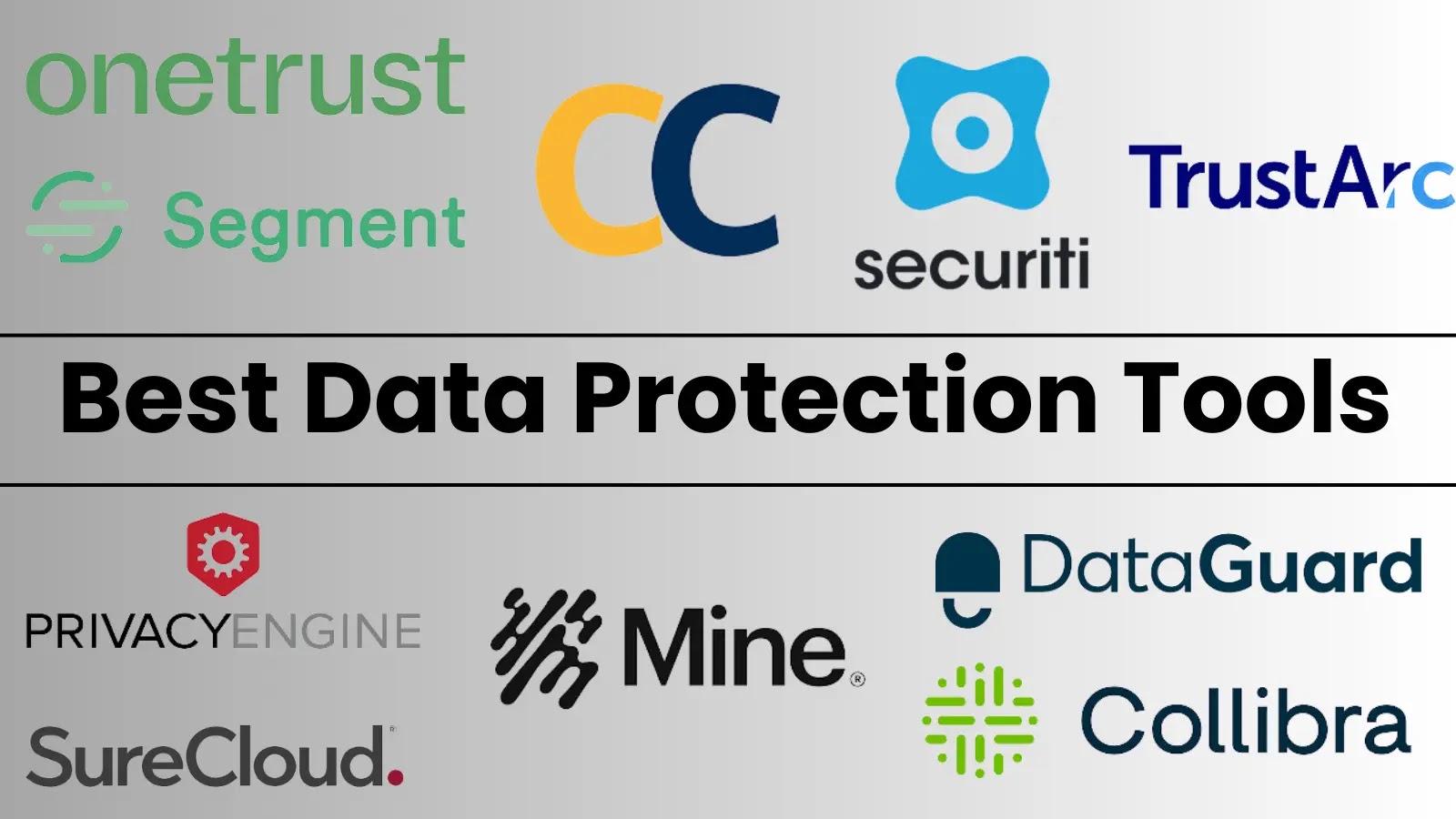How to Choose the Best Password Manager for You
With the increasing number of online accounts and the complexity of cybersecurity threats, password management has become critical for both individuals and organizations. Password managers offer a secure and efficient way to store, generate, and manage passwords. In this blog, we explore the types of password managers, top tools, key features, and the role they play in enhancing overall data protection.
Introduction: Importance of Secure Password Management

Passwords are the first line of defense against unauthorized access. Weak or reused passwords are among the leading causes of data breaches. Password managers help users create, store, and manage complex passwords, minimizing security risks. By securely encrypting passwords and offering seamless access, these tools provide stronger protection against cyber threats and enhance overall cybersecurity.
Types of Password Managers: Cloud-Based, Browser-Based, and Offline Tools
Password managers come in different forms, each catering to specific needs and preferences:
- Cloud-Based Password Managers:
- Overview: These tools store encrypted passwords on cloud servers, allowing users to access their credentials from any device with internet connectivity.
- Best For: Users who need password access across multiple devices, such as personal computers, smartphones, and tablets.
- Examples: LastPass, 1Password.
- Browser-Based Password Managers:
- Overview: Integrated into web browsers, these tools save passwords directly in the browser, offering a convenient and free solution.
- Best For: Users who prefer a built-in solution for managing website credentials.
- Examples: Google Password Manager, Mozilla Lockwise.
- Offline Password Managers:
- Overview: These tools store encrypted passwords locally on a user’s device, providing higher control and privacy.
- Best For: Security-conscious users who prioritize privacy and want to keep passwords off the cloud.
- Examples: KeePass, Bitwarden (offline mode).
Top Password Manager Tools: Reviews and Comparisons of Popular Options

Here’s a look at some of the most popular password manager tools, focusing on their strengths and weaknesses:
- LastPass
- Pros: Offers a user-friendly interface, cloud-based storage, and advanced features like password sharing and dark web monitoring.
- Cons: Free version has limited features; cloud storage may raise privacy concerns.
- Best For: Individuals and small teams needing easy access and sharing of passwords.
- 1Password
- Pros: Provides strong encryption, two-factor authentication (2FA), and secure password storage across devices.
- Cons: Subscription-based, with higher costs for family and business plans.
- Best For: Users looking for robust security features and seamless integration across devices.
- Bitwarden
- Pros: Open-source, offers both cloud-based and offline options, and includes free features like password sharing and 2FA.
- Cons: User interface can be less intuitive compared to other tools.
- Best For: Budget-conscious users seeking an open-source solution with customizable security options.
- Dashlane
- Pros: Provides real-time password health reports, VPN integration, and dark web monitoring.
- Cons: Higher cost; advanced features available only in premium versions.
- Best For: Users seeking a comprehensive password and online privacy solution.
- KeePass
- Pros: Free, open-source, and offline; offers strong encryption and high customization.
- Cons: Requires manual setup and is less user-friendly for beginners.
- Best For: Security enthusiasts who prioritize control over cloud storage.
Key Features: Auto-Fill, Password Generation, and Encrypted Storage

Effective password managers come with several essential features:
- Auto-Fill: Automatically fills login forms on websites and apps, making it faster and more secure to log in without manually typing passwords.
- Password Generation: Creates complex, random passwords that are difficult for hackers to crack, enhancing account security.
- Encrypted Storage: Stores passwords in an encrypted vault, ensuring that only the user with the master password can access the credentials.
- Two-Factor Authentication (2FA): Offers an added layer of security by requiring a second form of verification before accessing the vault.
- Password Audits: Some tools provide password health reports, helping users identify weak, reused, or compromised passwords and suggesting improvements.
Security Benefits: How Password Managers Enhance Data Protection

Password managers offer multiple security benefits:
- Reduces Password Reuse: By generating and storing unique passwords for each account, password managers minimize the risks associated with password reuse.
- Prevents Phishing Attacks: Auto-fill features reduce the risk of falling for phishing attacks, as they only work on legitimate sites that match stored credentials.
- Enhances User Productivity: Password managers save time by securely managing passwords, allowing users to focus on tasks without struggling to remember login details.
- Provides Strong Encryption: Most password managers use AES-256 encryption, ensuring that passwords are securely stored and accessible only to authorized users.
Implementation Tips: Getting Users to Adopt and Trust Password Managers

Successful adoption of password managers requires clear communication and user education:
- Highlight the Benefits: Explain how password managers improve security, save time, and simplify access management across devices.
- Provide Training: Offer training sessions or guides on setting up and using password managers, making the transition easier for users.
- Start with Key Accounts: Encourage users to start by securing their most sensitive accounts (e.g., email, banking) to demonstrate the effectiveness of the tool.
- Promote 2FA Integration: Show users how to enable two-factor authentication (2FA) for added security, enhancing trust in password managers.
- Offer Technical Support: Provide ongoing support to address users’ issues or concerns, ensuring smooth adoption.
Conclusion: The Impact of Strong Password Management on Overall Cybersecurity
Strong password management is crucial for protecting sensitive information and preventing unauthorized access. Password managers make creating, storing, and managing complex passwords easier, reducing the likelihood of data breaches and enhancing overall cybersecurity. By implementing password managers and promoting their use, individuals and businesses can take a significant step toward stronger data protection and better online security.


